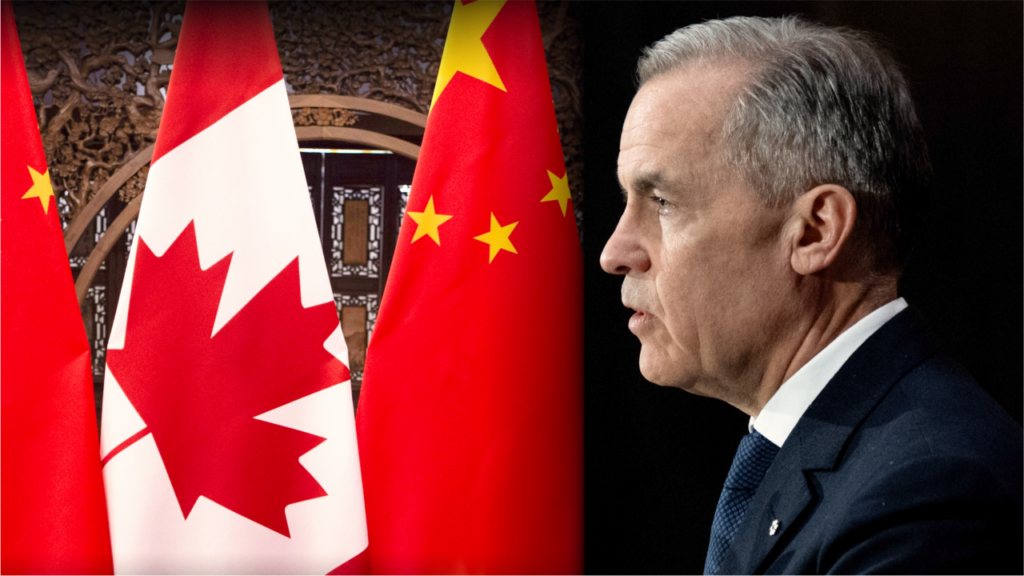Publish or Be Damned – The Daily Sceptic
All is not well in academic publishing, and things have been going downhill for many years. The industry is under pressure to publish more articles, with the number of academic articles growing by approximately 5% annually over the past decade. With no precise definition of an academic journal and a landscape increasingly polluted by low-quality or even criminally operated predatory journals, estimates suggest there are now between 30,000 and 40,000 academic journals with the current number of academic articles published reaching three million annually.
This expansion represents significant growth — and profits — for academic publishers. However, as the industry grows and greater attention is focused on research misconduct and violations of publication ethics (aided by better detection software), the number of article retractions has also risen. It is estimated that around 10,000 articles are retracted annually.
The COVID-19 years saw a spike in retractions. The Retraction Watch database recorded over 500 COVID-19-related articles being retracted. In response to COVID-19, academic publishers accelerated the publishing process for COVID-19 research — though this urgency did not extend to non-COVID-19 articles.
Many publishers were described as being in an ‘arms race’ for COVID-19 manuscripts, and some may have gotten their fingers burned in the rush. COVID-19 created a unique opportunity for publishers, but it also amplified existing problems, including the retraction crisis.
Other industry pressures have also played a role. Although retractions can happen in any journal, they tend to be more common in lower-quality publications. This is not surprising, given a growing mentality — driven by publisher incentives — that every manuscript should be published somewhere. Articles rejected by top-tier journals are increasingly being funnelled down to less prestigious ones within the same publishing stable.
To many academic editors, me included, this is anathema and contradicts the very reason we became editors. One of the most important responsibilities of an editor is to reject a manuscript when its quality is insufficient, when it contains flaws or when it raises ethical concerns. Doing so protects the reputation of the journal, the researcher and the institutions involved. While some flawed manuscripts can be corrected, many cannot.
I am not alone among academic editors in being critical of these developments. As the pressure to publish more continues to mount and editorial independence is eroded, many editors are questioning the long-term integrity of academic publishing.
A Career in Academic Publishing
Since 1994, I have been associated with academic publishers and journals. I have worked my way through the system — from editorial board member and columnist to editor. I am currently serving for the third time as Editor-in-Chief of a major academic journal in my field.
As an editor, I launched a new online journal that achieved Clarivate listing. Clarivate, which generates annual impact factors, has 28 exacting standards for indexing. I continue to serve on several editorial boards of international journals and have worked with both major scientific publishing stables: Wiley and Elsevier.
I say I have worked ‘with’ rather than ‘for’ these publishers because editors are not employed by publishers. Most work part-time and receive an honorarium, not a salary. Our relationship is more a collaborative partnership than an employment arrangement.
Although we have contracts with publishers, our editorial work is largely independent. Within limits, we exercise editorial freedom to publish peer-reviewed manuscripts and, at our discretion, editorials and commentaries. In theory, at least.
I was once reminded of this independence when applying for a Chinese visa in my capacity as an editor. The Chinese authorities, who classify editors as journalists, required a letter from my ‘employer’ guaranteeing I would not write about China. Wiley, rightly pointing out that I was not an employee, provided a letter explaining our contractor relationship — enabling me to obtain the visa.
Editorial Independence Under Pressure
Over the years, this independence has been tested, sometimes severely. I have come close to resigning on several occasions and ultimately left one of Wiley’s flagship journals for a smaller Elsevier title.
At Elsevier, I have been much happier. At Wiley, I was blocked from publishing controversial editorials, questioned about published articles and criticised when our impact factor was projected to drop (it eventually rose, then declined after my departure).
Not long before I left Wiley, a troubling policy emerged: ‘A home for every manuscript.’ This meant, with few exceptions, that all submissions should be published somewhere within the Wiley stable. A cascade system was introduced, encouraging rejected manuscripts to be redirected to other Wiley journals, provided authors agreed.
At a London meeting with the publishers, editors asked how poor a manuscript had to be to merit outright rejection. The response — essentially ‘cascade it and see’ — was unsatisfactory. Editors have a duty to reject flawed or unethical studies. Though rejection was still technically allowed, pressure to find a home for every paper was clear and the process was monitored.
Editors-in-chief have long referred authors to more appropriate journals if a submission was out of scope or unlikely to pass review. At one Wiley journal, I even set up an automated system recommending alternative journals — including non-Wiley titles. When Wiley discovered this, they removed the non-Wiley journals. So much for editorial independence.
Part of the motivation was to bolster lesser-known journals, making them more attractive to university libraries. Another driver was the expansion of open access (OA) publishing. OA allows publishers to charge authors significant fees, replacing traditional pay-to-view models. The number of OA journals has increased by nearly two orders of magnitude in the past two decades, and cascade systems are used to push submissions toward them.
Hybrid journals (which mix OA and paywalled articles) must maintain a balance to avoid ‘double-dipping’. As OA journals have virtually unlimited capacity, it is an open secret that getting published in them is easier.
At Elsevier, I encountered the Author Heroes initiative, where rejected authors were contacted with suggestions for submission to other journals. Plus ça change!
The programme was eventually disbanded due to poor performance. It was replaced by drop-down recommendations provided by editors at the point of rejection — but this system has also proven ineffective.
Editors-in-chief are inundated with submissions — often rejecting up to 90% at the desk stage. With limited space, fast turnaround demands and pressure to maintain quality, rejecting early is often the most practical course.
Publishers are analysing these rejections, looking for ways to redirect or re-purpose content. The bottom line: how can we publish more and make more money?
Publishing as Industry
Editors understand they are part of a vast industry. Tens of thousands work in academic publishing. While editors are not publisher employees, honoraria often provide both financial support and editorships confer professional prestige.
Publishers like Elsevier and Wiley have built billion-dollar empires on editorial integrity and good practice. They have received criticism, respectively, for paywalls and profiteering from open access and special issues. But they have also supported Open Science initiatives and waived OA fees for developing countries. They fund niche journals that are otherwise unprofitable.
However, recent missteps have shaken trust; both these major publishers, and others, are seeing mass resignations of editorial boards over some of the issues I have covered above. Wiley lost the confidence of many editors when it handed over 200-plus OA journals to Hindawi, a publisher later accused of low-quality and predatory practices. Thousands of articles were retracted, Wiley lost millions, and it had to reclaim control of the journals. Editors had warned them — Wiley did not listen.
If publishers continue ignoring editors, pushing low-quality manuscripts and prioritising profit at the expense of integrity, they will face more resignations. The credibility of academic publishing — already under pressure — will suffer further.
John MacNab teaches at a university in Hong Kong.













